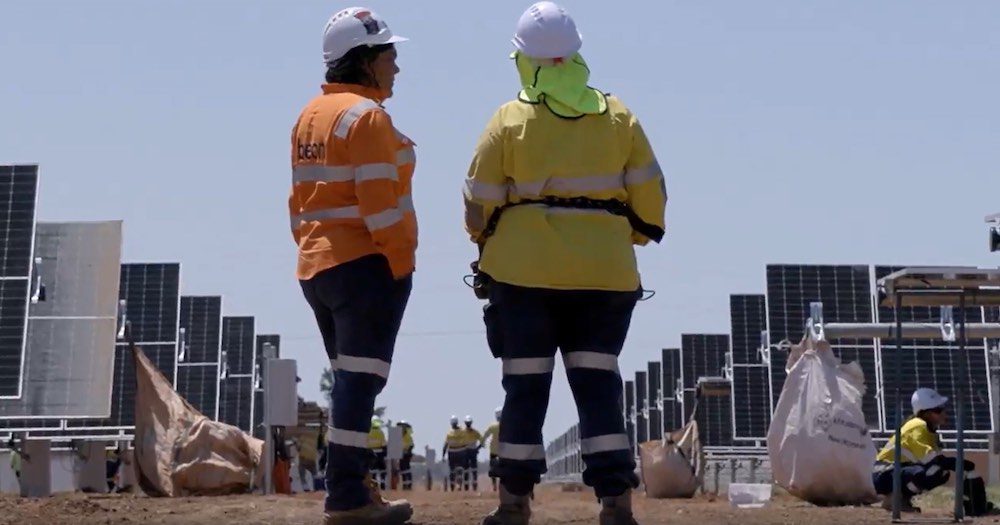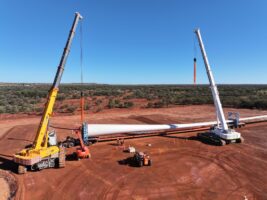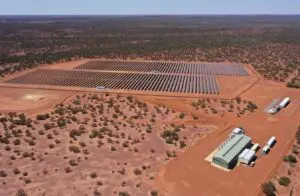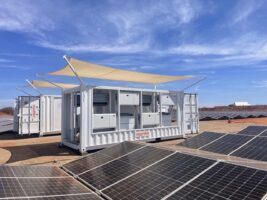A new guide has been written for the renewable energy industry to better engage with First Nations groups.
While Australia attempts to get off its fossil fuel addiction, more and more large renewable energy projects will be needed to fill the gap.
The team behind the guide is hoping it can ensure that Aboriginal and Torres Strait Islander people are better informed and more involved when it comes to clean energy developments on their land.
The report has been written by the Clean Energy Council and tax company KPMG, using principles derived from the First Nations Clean Energy Network.
The guide provides step by step guidance on to how to ensure best practice with Aboriginal groups.
Its principles include providing clear, accessible, and accurate information, ensuring cultural heritage is preserved and protected, and engaging respectfully.
According to the team, one of the big challenges is ensuring that companies start talking to First Nations groups at an early stage of the process.
“Just a couple of years ago, one community group read about a project happening on their lands, they were the native title holder so would have the legal rights,” Chris Croker, from the First Nations Clean Energy Network, told RenewEconomy.
“They read about it on a poster at the local service station.”
This, according to Crocker, is quite common.
While the coal and gas industry has had a long history in the region, including large faults like the destruction of sacred rockshelters in Juukan Gorge, the newer groups of renewable energy companies are a mixed bag.
“The energy industry at the scale that we have now is taking the first early steps. A lot of developers and industry proponents aren’t sure which way they should be resourcing or what they should be focusing on,” Crocker adds.
“They run the risk of slowing things down, making some misinformed steps, which is where the Clean Energy Council guide builds that knowledge of industry.”
The hope is that this guide will allow industry to better engage with First Nations groups, and avoid unnecessary stoppages due to company blunders.
“Australia’s clean energy sector has identified the need for stronger engagement and relationships with First Nations peoples,” said Clean Energy Council Chief Executive Kane Thornton.
“With proper practices in place, the essential work of the energy transition will not only accelerate Australia towards achieving its targets but provide First Nations Australians with an opportunity to be heard and play a crucial role in a defining economic shift for the country.”
Crocker hopes that this guide will also be an important starting point for the two groups to come together.
“In five years’ time, hopefully we’ll have hundreds of First Nations groups partnering with developers co-owning and co-developing wind farms, solar farms, storage systems and transmission lines,” he said.
“I also hope we’ll have a massive level of technical knowledge residing within the First Nations communities around energy development and energy needs and efficiency.”










